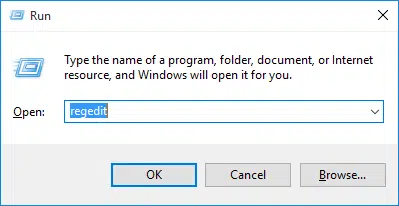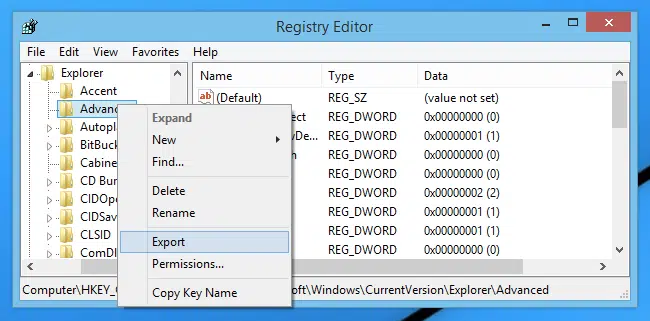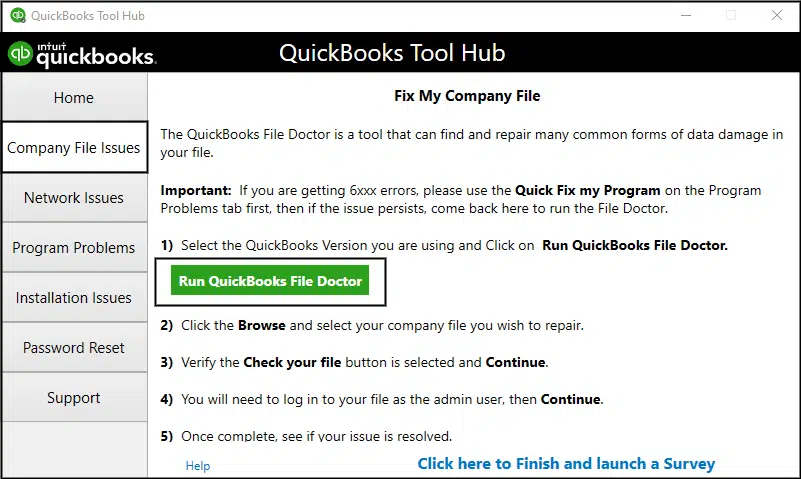How to Troubleshoot QuickBooks Payroll Error 20102?
QuickBooks Payroll is an
accounting software with various features to manage finances efficiently.
Technical bugs and glitches are common in software, and QuickBooks Payroll is
no exception. This blog will discuss QuickBooks Payroll Error 20102, its causes, and possible solutions.
What are the Causes of QuickBooks Payroll
Error 20102?
QuickBooks Payroll Error 20102 can
occur due to numerous reasons, which are discussed below:
●
The error may
arise due to technical or human errors during the installation process of the QuickBooks software.
●
Improper installation
of the QuickBooks program property on your computer can also lead to this
error.
●
A malware or
virus infection in the system can trigger such error, as this can cause
corruption in the Windows registry and other system files.
●
This error
can also be caused by software mistakenly deleting files that are related to
QuickBooks, leading to various issues.
Signs and Symptoms of QuickBooks Payroll Error
20102
●
When a new
program is launched, it crashes unexpectedly.
●
Running a
specific program on your PC may cause it to crash repeatedly with Payroll Error
20102.
●
An error
message appears repeatedly on the screen.
●
This error
causes the computer to slow down significantly and freeze for extended periods
of time.
Latest Methods to Repair QuickBooks Payroll
Error 20102
To
resolve Payroll Error 20102 in QuickBooks, you can try the following solutions:
Method 1: Reinstall the QuickBooks Application
Note: This method
involves uninstalling the program and installing a fresh version of QuickBooks,
which may resolve errors caused by corrupted or outdated files. Keep in mind
that creating a backup before removing any application is an essential step to
avoid data loss.
●
To begin,
open the "Add or Remove Programs" option on your computer to remove
QuickBooks.
●
Prior to
uninstalling, ensure to make a backup of your QuickBooks data to avoid data
loss due to deletion.
●
Select
QuickBooks from the list of installed applications and choose the
"Uninstall" option.
●
After
successful uninstallation, visit the official Intuit website to install the latest version of QuickBooks software.
●
Alternatively,
download the new version from a CD and install it on the computer.
●
Follow the
on-screen instructions for installation and then launch your QuickBooks application.
●
Verify if the
QuickBooks Payroll Error 20102 has been resolved. If it hasn't, try
other methods to address the issue.
Method 2: Repairing the registry entries in
QuickBooks
●
To begin,
turn on your computer and navigate to the search bar.
●
Type in a
command and select Command Prompt from the search results.
●
Press the
Ctrl + Shift + Enter keys on your keyboard.
●
When the
permission dialogue box appears, select "Yes."
●
A black box
with a blinking cursor will appear.
●
Type in
"Regedit" and press "Enter."
●
The Registry
Editor box will open.
●
Select the
"Export" option under the "File" tab.
●
Choose the
folder in which you want to save your files and give your file a name.
●
Ensure that
the "Export Range" box is set to "Selected Branch."
●
Select
"Save."
●
Navigate to
the location of the backup file you made in QuickBooks with the .reg extension.
●
Finally,
manually edit and repair your registry files.
Method 3: Installing and running the
QuickBooks File Doctor
●
Begin by
downloading the latest version of QuickBooks Tool Hub from the Intuit website.
●
Double-click
the icon on your computer to open the Tool Hub.
●
Under the
"Company File Issues" tab, select "Run QuickBooks File Doctor." Using the drop-down menu, select the company file you want
to check.
●
Choose the
"Check your file" option and then select "Continue."
●
Enter the
QuickBooks administrator password and press "Enter."
Conclusion
Now, this blog has come to an end.
We hope that the methods provided above will surely help you in troubleshooting
QuickBooks Payroll Error 21202. However, if you still encounter this error,
you can contact us anytime at QuickBooks payroll error support team via our helpline i.e., 1-800-615-2347.
.jpg)





.jpg)
Comments
Post a Comment